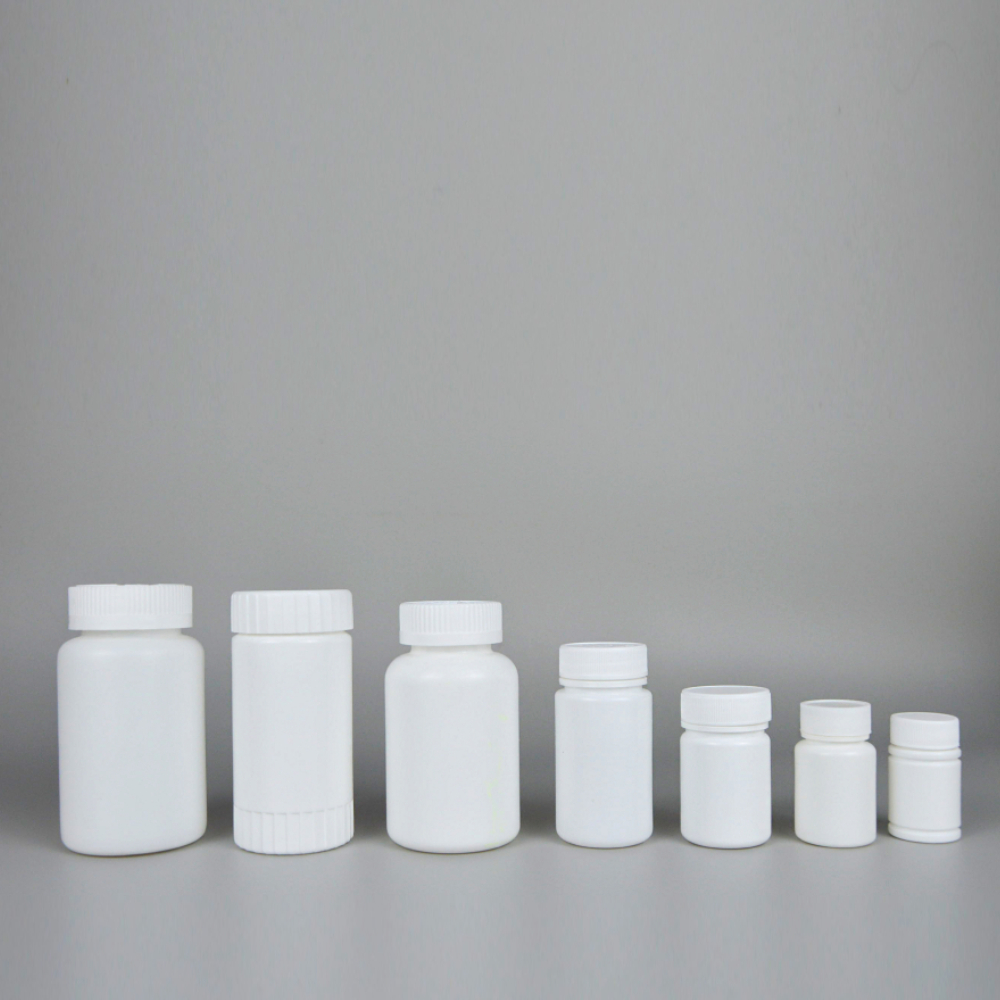https://www.wahmg.com/)">
petri dish vs cell culture dish
petri dish vs cell culture dish
Petri Dishes vs. Cell Culture Dishes A Comparative Overview
In the field of biology and microbiology, the choice of the right apparatus for culturing cells and microorganisms is crucial for successful experimentation and reliable results. Two commonly used types of vessels for this purpose are Petri dishes and cell culture dishes. Although these tools serve similar overarching functions, they differ in design, applications, and advantages.
Petri Dishes vs
. Cell Culture Dishes A Comparative OverviewOn the other hand, cell culture dishes are specifically designed for the cultivation of eukaryotic cells, such as animal or plant cells. These dishes come in various configurations, including multi-well plates, flasks, and dishes with surface treatments that enhance cell attachment and growth. Unlike Petri dishes, which are often used for planktonic organisms, cell culture dishes are optimized for the adherence of cells, providing a more suitable environment for studying cellular behaviors, interactions, and drug responses.
petri dish vs cell culture dish

One significant difference between the two types of dishes lies in their surface properties. Standard Petri dishes usually offer a non-treated surface, while many cell culture dishes have been treated to promote cell adherence and proliferation. This treatment allows research on diverse cell types, including adherent cells like fibroblasts, while preventing loss during media changes. Additionally, cell culture dishes are available in various formats that facilitate high-throughput experiments, offering researchers flexibility to work with several samples simultaneously.
Another consideration is the volume of media each dish can accommodate. Petri dishes typically hold larger volumes of agar or broth, making them advantageous for growing extensive microbial colonies. Conversely, cell culture dishes are designed for smaller volumes of culture medium, which is particularly suitable for eukaryotic cells that require specific growth factors and conditions.
In summary, choosing between Petri dishes and cell culture dishes depends on the specific requirements of the experiment and the type of organisms being cultured. Petri dishes are ideal for microbial studies, allowing researchers to visualize growth and perform quantifications effectively. In contrast, cell culture dishes provide specialized surfaces and environments required for working with animal and plant cells. Understanding their unique features is essential for researchers striving for optimal results in cell and microbiological experimentation. Each dish type serves as a vital component in the toolkit of biological research, underscoring the importance of selecting the right vessel for specific scientific inquiries.
-
Wholesale Plastic Juice Bottles with Caps 16 oz Options Available Bulk Packaging SolutionsNewsJun.10,2025
-
Laboratory Apparatus Reagent Bottle – Durable & Chemical Resistant Bottles for Safe StorageNewsJun.10,2025
-
Squeezable Dropper Bottles Durable, Leak-Proof & CustomizableNewsMay.30,2025
-
Affordable Plastic Petri Plates Sterile & Disposable Lab-GradeNewsMay.30,2025
-
Eye Dropper Caps Precision 24/410 & Plastic Bottle-Compatible TipsNewsMay.30,2025
-
Affordable Mini Spray Bottle Price & Wholesale Deals Shop NowNewsMay.29,2025





















